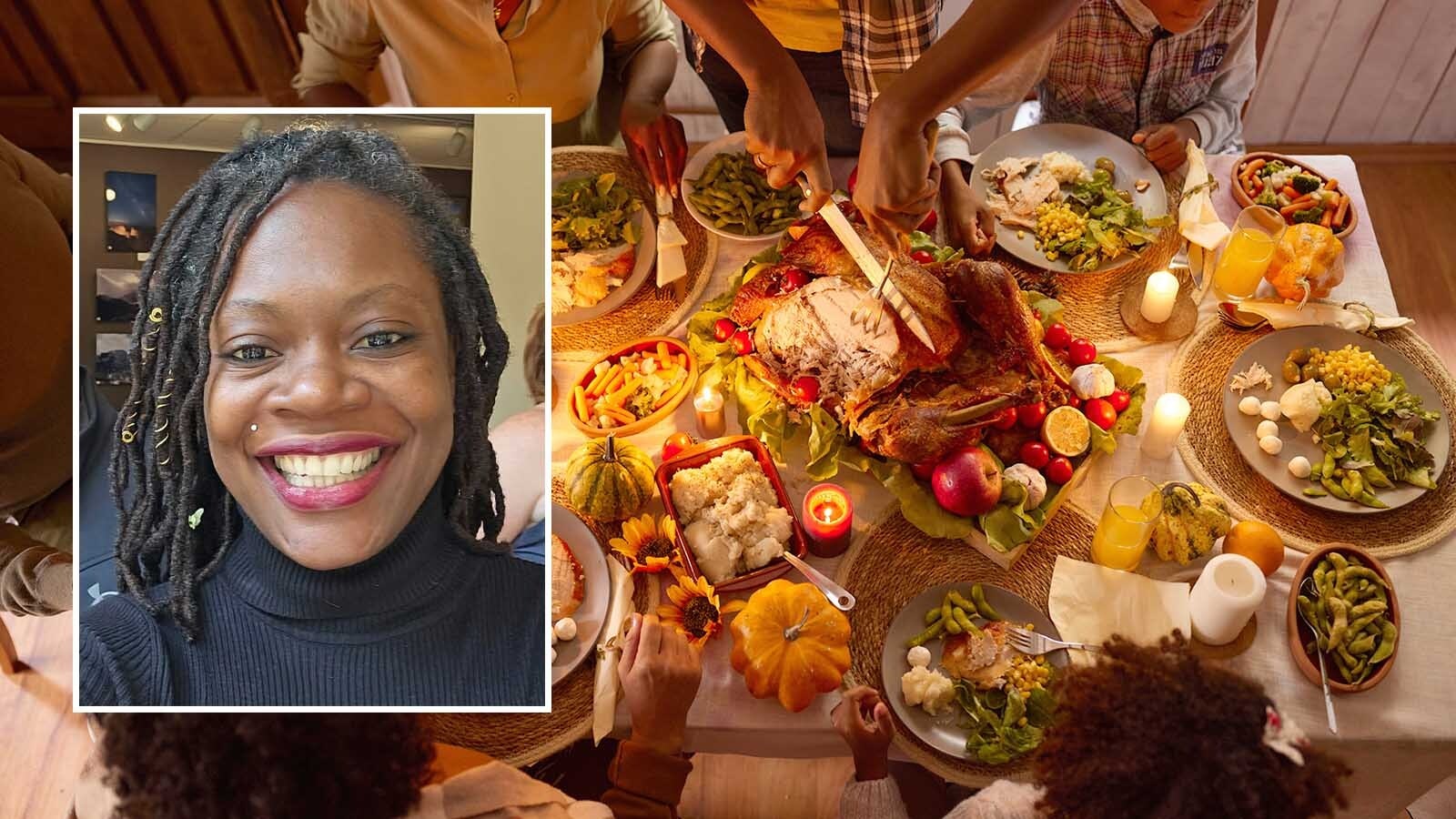Thanksgiving is arguably the best and most underrated holiday, largely because it’s completely centered around eating (and maybe your family too, sure).
To prepare for Thanksgiving this Thursday, we thought we would provide a few little-known facts about turkeys in Wyoming.
Hunters couldn’t legally harvest wild turkeys in the state until 1955.
According to the Wyoming Game and Fish Department, the weird history with turkeys started in 1935, when the department swapped some sage grouse with New Mexico for a handful of Merriam turkeys, nine hens and six toms.
The turkeys were released on a ranch in Platte County in the spring of 1935 and reportedly lured some of the ranch’s domestic turkeys to join them on a trek into the Laramie Mountains.
The turkeys began to breed while still under the watch of ranchers and the Game and Fish department, with their numbers growing to more than 1,000 by 1947.
By the early 1950s, the turkeys were reintroduced into the Black Hills, again reproducing, which then led to the legalization of turkey hunting in 1955.
Wyoming now has a spring and fall season for turkey hunting. Fall turkey hunters are encouraged to wear orange or pink for safety reasons, but it should be noted that turkeys can spot these colors.
Newcastle area wildlife biologist and wild turkey researcher Joe Sandrini suggested hunters work on stealthy pursuit at middle to lower elevations as the season moves from fall to early winter.
“When flocks are startled and busted up, the birds can often be called back as they seek to reunite. Doing this from a concealed location is an effective fall hunting technique that is used in many parts of the country,” he said.
Compared to domestic turkeys, wild turkeys have less fat and consequently tend to be a little drier. A “cooking bag” can help the fowl retain its natural moisture.
When cooking, understand wild turkeys won’t stay on their backs like domestic birds, and may need to be propped up.
Thanksgiving guests will detect the longer legs and a proportionally smaller, more angular breast and a fuller flavor many people enjoy over the farmed bird. The taste is primarily the result of the bird’s diet, a buffet of goodies found in forests.
As spring approaches, the birds start inching up in elevation and flocks of adult males start disbanding. Around March, gobblers start establishing areas or “strutting grounds” along the edge of creek bottoms or forests.
Hens nest in the strutting ground vicinity and close to reliable water. The females lay about two eggs every three days until a clutch of 10 to 13 is produced. After about 28 days of incubation, with no help from the gobblers, the chicks meet the world.
Within a week the chicks start flying and roost in trees thereafter. Hens and their brood, often joined by like combos, stay together until the next breeding season.
Last fall, 1,791 hunters put 1,193 Wyoming turkeys on tables.





